Finasteride
Finasteride is a medication that is given in case of an enlarged prostate. The enlarged prostate may cause many problems with urination, such as difficulty to start urinating, frequent urge to urinate and weak flow. Finasteride can also prevent prostate cancer and baldness.
Precautions
Finasteride is not intended for women and children. If a pregnant woman takes this medication, it may cause serious harm to the baby. You should visit your doctor on a regular basis while you are taking Finasteride because it has different effects in various cases. Some men notice improvement soon after they start the treatment with this medication, while others may need a whole year to feel any better. Make sure your doctor knows about any allergies and about any other medical problems.

Common Side Effects
Most patients tolerate Finasteride very well, but there are certain side effects that are associated with this medication. The most common side effects of Finasteride include pain in the testicles, enlargement of the breasts, tenderness or lumps in the breasts, and discharge from the nipples.
These side effects are not considered dangerous if they are temporary or mild, but if they turn out to be severe or persistent, contact your doctor as soon as possible.
Some of the other side effects of Finasteride are reduced interest in sex, inability to achieve an erection and less amount of ejaculated semen. You may also experience headaches, pain in the abdomen and nausea.
In case of an allergic reaction, call your doctor immediately and stop taking the medication. Allergic reactions may include irritation of the skin, itchiness, rash, swelling of the tongue, mouth or face, tension in the chest, and breathing difficulties.
- Prostate biopsy was recommended if the annual PSA level, adjusted for the effect of finasteride, exceeded 4.0 ng per milliliter or if the digital rectal examination was abnormal.
- It was anticipated that 60 percent of participants would have prostate cancer diagnosed during the study or would undergo biopsy at the end of the study. The primary end point was the prevalence of prostate cancer during the seven years of the study.
- Prostate cancer was detected in 803 of the 4368 men in the finasteride group who had data for the final analysis (18.4 percent) and 1147 of the 4692 men in the placebo group who had such data (24.4 percent), for a 24.8 percent reduction in prevalence over the seven-year period (95 percent confidence interval, 18.6 to 30.6 percent; P
- Tumors of Gleason grade 7, 8, 9, or 10 were more common in the finasteride group (280 of 757 tumors [37.0 percent], or 6.4 percent of the 4368 men included in the final analysis) than in the placebo group (237 of 1068 tumors [22.2 percent], P
- Sexual side effects were more common in finasteride-treated men, whereas urinary symptoms were more common in men receiving placebo.
Classification of Side Effects
Side effects of Finasteride can be classified according to the affected part of the body. Genitourinary side effects include problems with ejaculation, impotence, pain in the testicles and breast enlargement. Endocrine side effects refer to decreased levels of prostate-specific antigen.
Side effects which include the nervous system include dizziness, drowsiness and decreased interest in sex. Cardiovascular side effects of Finasteride include irregular heartbeat. Gastrointestinal side effects involve nausea and gases. Dermatologic side effects refer to skin problems caused by Finasteride. Such side effects include rash, itchiness and lumps on the skin.
Respiratory side effects include breathing difficulties and a stuffy nose. General side effects refer to problems such as pain in the abdomen, headache, dizziness and weakness. Hypersensitivity reactions include swelling of the face or tongue.


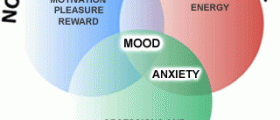
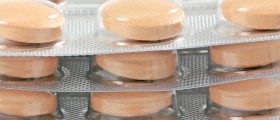
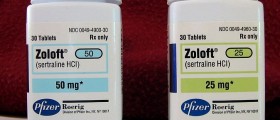
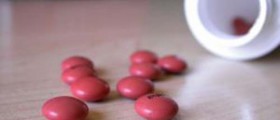
_f_280x120.jpg)

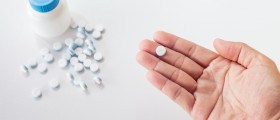





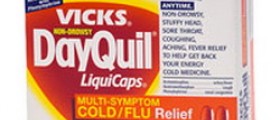


Your thoughts on this
Loading...